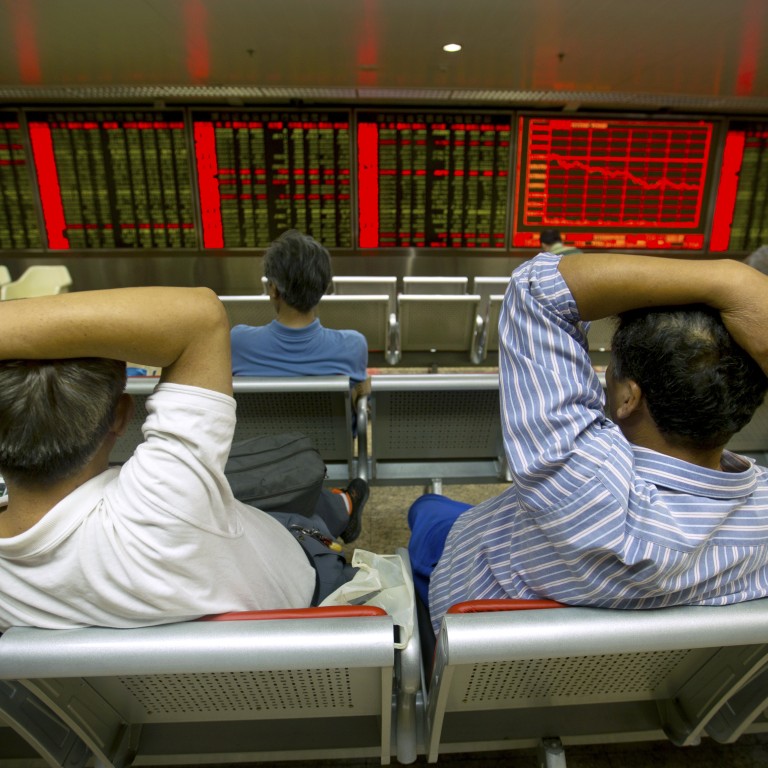
Investing in China’s economy no longer tied to national stock exchanges
Charles Dickens might have said, “Outperformance of the benchmark, result: happiness. Underperformance of the benchmark, result: misery”. Though he was an author rather than a fund manager so he probably never thought of it like that.
Investors want it all, they want it now, and invariably they want it with a discount. They also like to see how their investments are doing. This has led to investment performance being measured against benchmarks – that don’t work.
The benchmark is often the return of the stock exchange index that a fund is targeting. Benchmarks are becoming more sophisticated; such as those which target bond, cash, sector, or economic return indices.
Whatever the benchmark, it allows the investment manager to see how well he did against the index, and against his peers – which may be different. Investors pay a lot of attention to performance over the benchmark, even though they are widely advised not to rely on past performance as a guide to future results.
Fund managers can game benchmarks by “window dressing” at the end of a quarter or by trading against large or small components within the benchmark. The tail of the benchmark might end up leading the investment process. None of this is wrong if it helps the end investor to perform in line with his investment objectives.
But there is one area of benchmarking where modern fund managers, trustees and consultants are completely missing the new reality. It is because so many companies these days list outside their country of origin. It helps them access bigger pools of cash, get a better price for their shares, exploit local interest in the stock, attract better trading expertise, corporate governance, or greater exposure to global investors and customers.
China stands out as a prime example of where investors are missing a big opportunity of taking a realistic investment exposure to the economy. Around 50 per cent of China’s companies listed on non-mainland exchanges are listed in Hong Kong, a quarter are listed in New York, while 15 per cent are in Singapore.
So to capture the wider China exposure, you have to invest across stock exchanges around the world, otherwise you miss a key part of the listed universe.
In mainland markets, you cannot buy many of China’s most successful and respected companies, like Hong Kong-listed technology giants, Tencent, China Mobile and Baidu; the very stocks that professional investors want to own. New York can offer key new-generation companies like Alibaba, JD.com, and Sohu, which are surely a core part of a China benchmark.
Investors taking a bet on China’s economy will find that few investment funds are set up for a multi exchange approach. The industry still assumes that national stock exchanges represent the national economy.
They still treat the Chinese A share market and the H share market as if they are somehow related to a different economic environment. Naturally the ‘A’ share market has different characteristics; its limited foreign investment, behavioural swings, and volatility makes it distinctive – but both markets are actually components of the Chinese market as a whole.
Investing in the mainland ‘A’ share market has obviously been more profitable than in Hong Kong over the last year - but for the six years before that, the opposite would have been true. Investing in both would have provided good diversification and a better exposure to the Chinese economy.
A more realistic top-down China benchmark allocation for a foreign investor might therefore be something like 60 per cent in Hong Kong shares, 25 per cent in New York, and 15 per cent in China ‘A’ shares.
This is why the recent decision by the MSCI Group not to allow even a part of the mainland market into their broader indices is an example of ‘old investing’ – it was mistaken. Something of the last decade. In how many other markets are they, and other index providers, mistakenly confusing exchanges with markets?
Looking across stock markets to get the correct exposure is critical as globalisation makes national stock exchanges less relevant. Because they cannot get it right, almost all fund managers still benchmark funds to invest on a national exchange basis; in Hong Kong only, or China only, or (if you are lucky) in Greater China only. None has shown the innovation to offer “global China”.
So if you do not have a portfolio that incorporates all of China’s shares, and you want exposure to all of China’s economy – pick up the phone and ask your fund manager why. His fund can only capture a realistic exposure to China by focusing on the stocks not the stock market.
Richard Harris is chief executive of Port Shelter Investment Management

